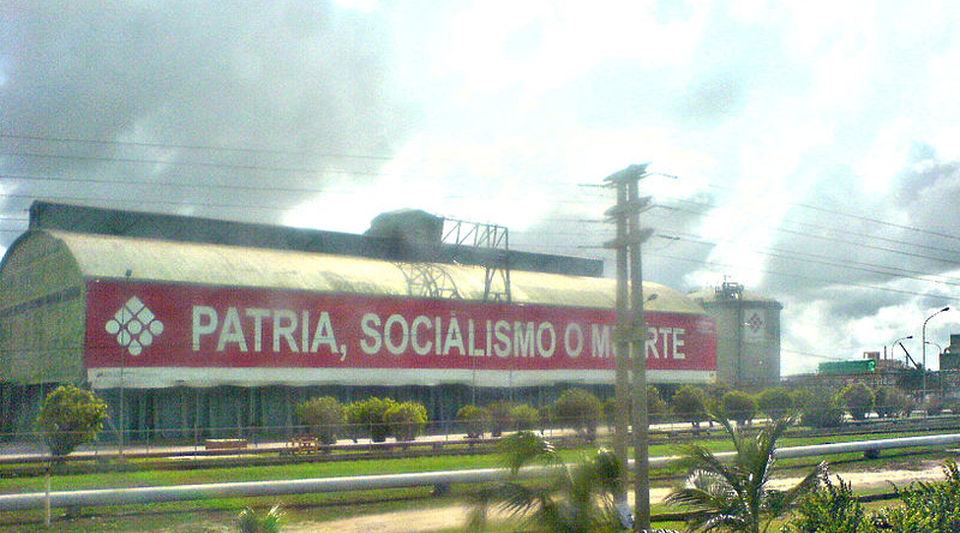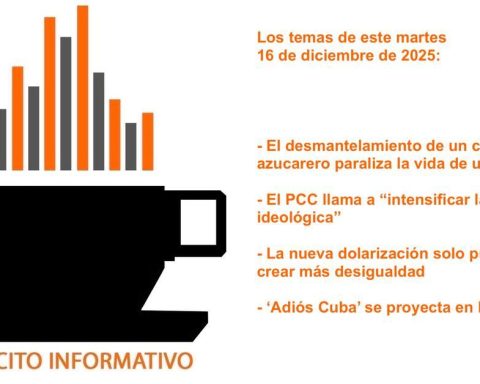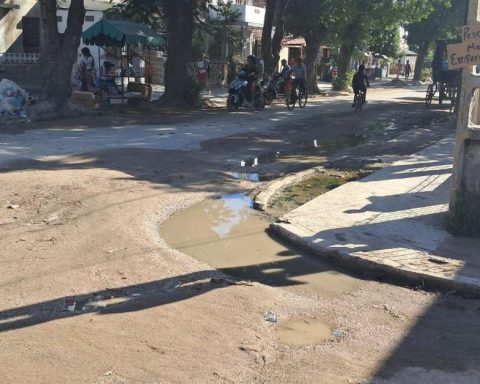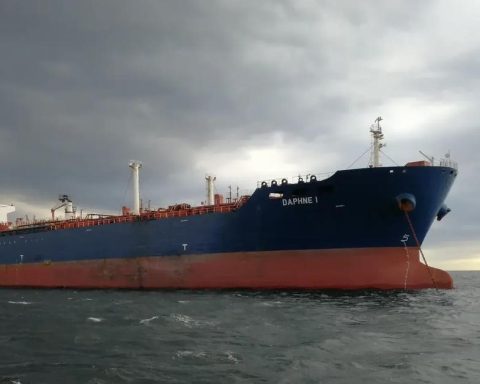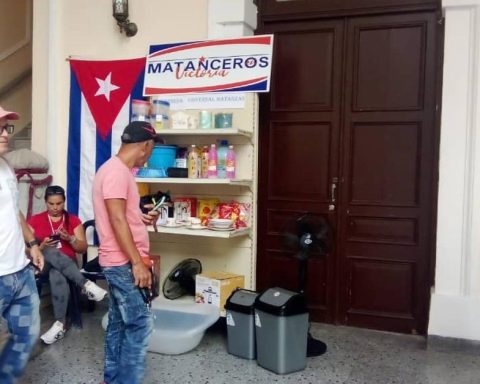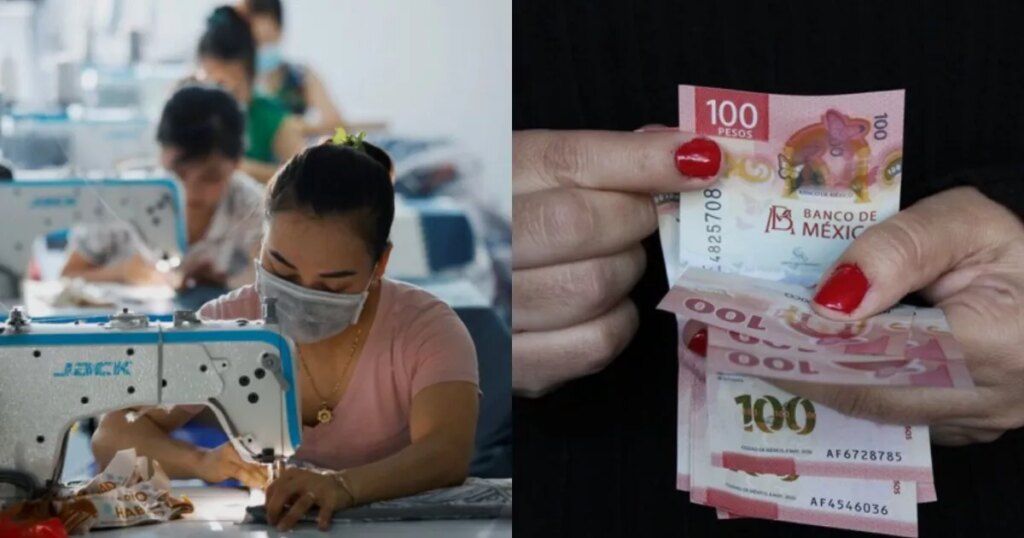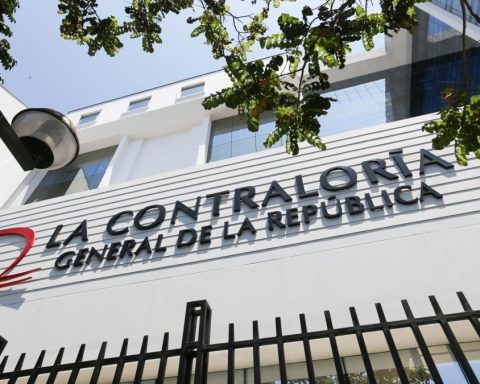New drop in oil exports from Venezuela to Cuba, which are growing, however, in global terms. This November, the island received 38,000 barrels per day (bpd) of crude oil, fuel oil and gasoline mix from its partner, an amount considerably less than the 52,000 bpd in October.
According to data from Refinitiv Eikon, exports from the state oil company PDVSA increased by 16% in the penultimate month of the year compared to the previous month. Caracas sent abroad 619,000 bpd in November, while in October it was 533,968. Most of it went back to China after making transfers at sea through Malaysia.
At least that’s how it appears in the documents that, after a research published by Reuters last week, are unreliable. The British agency revealed that Venezuela resorts to all kinds of tricks to circumvent international sanctions, one of which is precisely to transfer fuel in Malaysia to erase its place of origin and make changes to the documentation that certifies the origin in this Asian country that produces a crude oil similar to Venezuelan cashews.
Despite the increase in exports this month, Venezuela has not yet reached 2021 levels. So far in 2022, PDVSA has sold around 620,000 bpd abroad, 3% less than last year. The forecasts, however, are for growth thanks to the US license to Chevron, the result of the negotiations for the relief of sanctions. The strategy, which according to Washington is conditional on the democratization of the country, is to stimulate Venezuelan fuel to deal with Russian fuel and reduce income from this concept to Moscow after the invasion of Ukraine.
Last Friday, the Venezuelan government signed contracts with the American to continue the joint production of oil in the South American country. Chevron is part of a “strategic partnership” in Venezuela made up of four joint ventures: Petroboscán and Petroindependiente, in Zulia; and Petropiar and Petroindependencia, in the Orinoco Belt.
In Petropiar, precisely, production has increased after restarting its operations one of the crude upgraders. In addition, Sinovensa, operated with China’s CNPC, has also resumed blending tasks. The lack of diluents and the malfunctioning of the plants had diminished the Venezuelan production capacity, but the problems seem to have been solved when both plants recovered.
Caracas sent abroad 619,000 bpd in November, while in October it was 533,968. Most of it went back to China after making transfers at sea through Malaysia.
Italy’s Eni also received two shipments this November to offset a debt of 1.85 million barrels bound for Spain, where oil company Repsol refines them.
With the PDVSA data, there were 24 shipments of crude oil and refined products and 224,000 metric tons of methanol and coke.
In terms of relations with Iran, a supertanker from that country arrived in Venezuela with imports and a ship operated by a third party set sail in November carrying cargoes of Venezuelan heavy crude and fuel oil for the Iranian state firm Naftiran Intertrade. In addition, there is another Iranian-flagged oil tanker, the Hugewhich is currently in Venezuela and must return loaded with oil.
Tehran and Caracas, which share techniques to evade sanctions, have been triangulating their shipments for years to also share crude oil with Cuba.
The record The annual number of shipments of Venezuelan oil to the island occurred in August, the month with the highest exports for PDVSA, with 813,000 bpd, of which Havana received 81,000 bpd, well above the average agreed in 2000 between Hugo Chávez and Fidel Castro, which established the amount at about 52,000 per month, although, for some years, it reached double.
That excess would be offset by this month’s deficit, although we will have to wait until the end of the year to find out if the agreement has been fulfilled, thanks to which Cuba sends medical and intelligence personnel to Caracas as consideration.
Venezuela’s problems in recent years to provide large amounts of fuel to its partner have been added to the greater needs of the Island, which requires large amounts of fuel to generate energy instead of damaged thermoelectric plants, fed with national crude. This has led Cuba to try to strengthen its relations with other energy supplier partners, such as Algeria, Turkey, Russia or China, destinations for the last tour of Miguel Díaz-Canel.
________________________
Collaborate with our work:
The team of 14ymedio He is committed to doing serious journalism that reflects the reality of deep Cuba. Thank you for accompanying us on this long road. We invite you to continue supporting us, but this time becoming a member of our newspaper. Together we can continue transforming journalism in Cuba.
